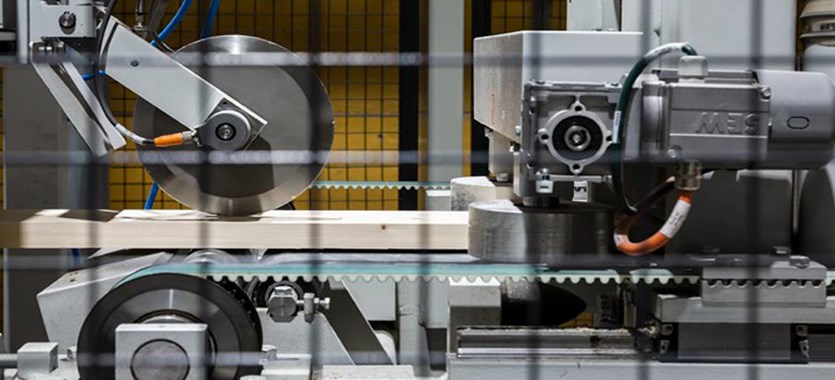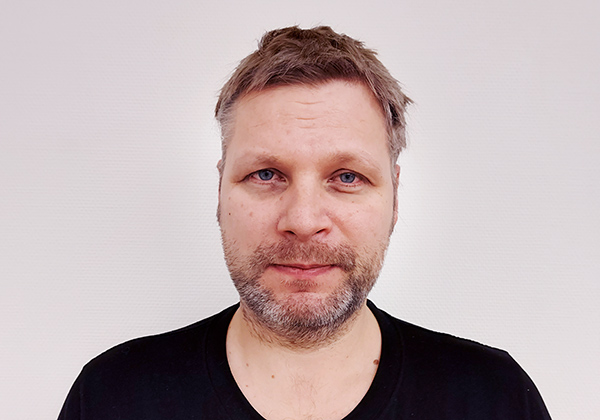What is the background for the improvement work?
Initially, we were a little too quick to step on the accelerator, which is an easy mistake to make when you are eager to move ahead. For example, we needed better basic knowledge about the machines and to come up with procedures for our work.
How did you go about it?
Switching from a two-shift system to day-time enabled us to consolidate the core of the group and create a really strong team that works well together. We pooled our resources and focused on reviewing our procedures together. We “put out the fires” systematically rather than trying to work on all fronts at the same time. A lot of people in Långshyttan have been involved in the pro-cess, working hard to achieve a solid result.
What’s the biggest difference in production compared to previously?
We know more about the machines today and we have procedures that hit all the right notes. This has resulted in us feeling much more confident when we start the line in the morning. Everything is finely tuned now, and we usually run without any problems all day long.
We’ve increased production from 29,000 running metres in the two-shift setup to 44,000 running metres in our daytime system. The efficiency we have achieved means that we can choose the most profitable deals. What is more, the number of complaints is effectively zero – which proves we’re doing things right.
A new investment is now being planned for the factory; what does that entail?
We’ll be able to make even better use of the raw material and we’re adding another product to our range. We’ll be using some of what previously went to waste to make construction joists. It naturally feels great to be able to make long-life products from material that would otherwise be used as biofuel.
What’s your biggest take-away from your journey of improvement?
Improvement work is an ongoing process that requires you to maintain full control of what you are doing. All employees need to pull in the same direction; they have to know what needs doing and what is ex-pected of them. Only then can you achieve the production targets and find ways to improve the efficiency of the business.





